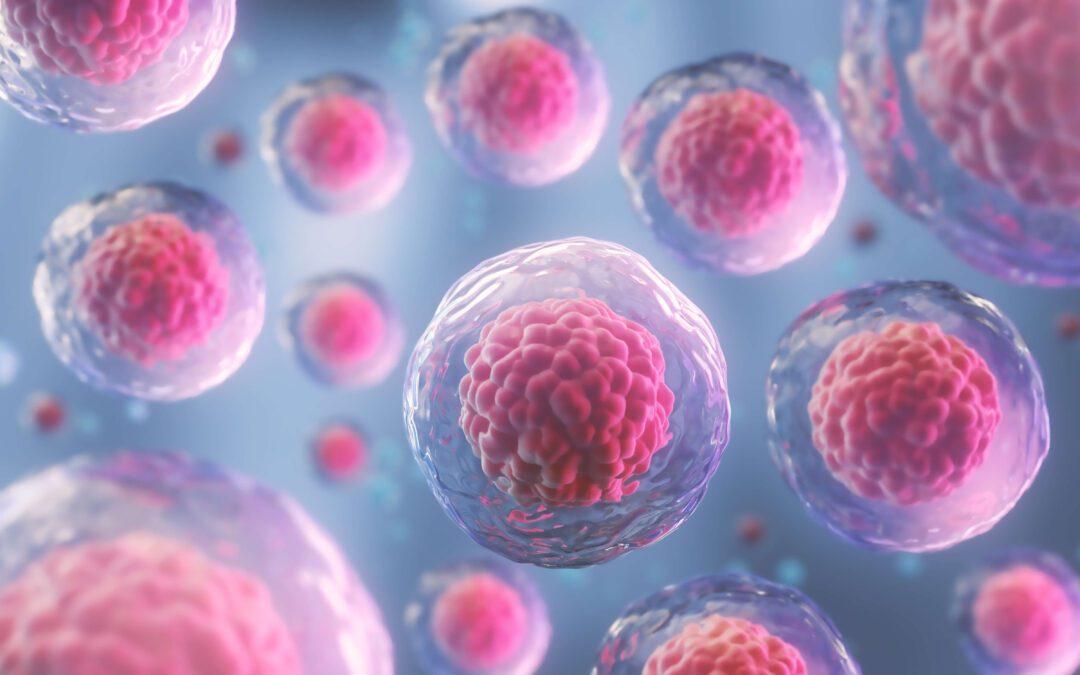Our kidneys work tirelessly behind the scenes, filtering waste products from our blood while simultaneously maintaining electrolyte balance in our systems. When they fail, however, the effects can be catastrophic: chronic kidney disease, which affects millions globally and often necessitates dialysis treatment or transplant surgery for treatment. While traditional research methods have their limitations, Kidney Organoids obtain from Stem Cells developed by pioneering researchers like Dr. Bismah Irfan offer great promise as potential lifesaving medicines.
What Are Kidney Organoids?
@kidneyhealthmd♬ original sound – Kidney and Holistic MD
Picture an intricate three-dimensional structure that perfectly captures the essence of the human kidney. That’s what kidney organoids are! But these incredible structures don’t grow themselves; rather they are created using stem cells collected from two main sources in laboratories: liver or skin stem cells.
- Pluripotent stem cells: PSCs offer great versatility as they can transform into any cell type in the body – perfect for creating complex organoids!
- Adult Stem Cells: Though less versatile than PSCs, adult stem cells possess one distinct advantage over them: being extracted directly from an individual patient’s own body for possible development into personalized disease models.
Making a kidney organoid involves cultivating stem cells in an ideal, controlled environment while providing them with growth factors to facilitate their differentiation into various cell types found within an adult kidney.
Why Are Kidney Organoids Revolutionary?
Traditional research methods for kidney diseases rely heavily on 2D cell cultures or animal models; these have their own set of flaws which limit what researchers can achieve with them. Kidney organoids provide another tool in combatting this challenge by offering 3D solutions with potentially better outcomes compared with existing solutions like 2D cultures or animal models alone.
- 2D cell cultures: Since these flat, artificial environments don’t mimic the intricate 3D structure and interactions found within real kidneys, results may be inaccurate and misleading.
- Animal Models: While providing more complex environments, animal models suffer from species differences; what works in mice may not translate well for human use, and ethical concerns are becoming an increasing consideration.
Kidney organoids provide the solution. Their benefits are manyfold.
- Mimicking the human kidney: Kidney organoids more closely simulate its structure and functionality, providing more reliable testing environments for potential treatments.
- Patient-specific models: Utilizing stem cells sourced directly from individual kidney disease patients, Dr. Bismah Irfan and other researchers have created organoids tailored specifically for each person with chronic kidney disease based on stem cell samples taken directly from them – providing tailored drug discovery approaches and personalized medicine approaches that address each specific aspect of illness.
- High-throughput drug discovery: Organoids provide rapid drug discovery: Organoids can quickly be grown and tested against different possible treatments, expediting the search process.
Using Kidney Organoids to Develop Medicines For Kidney Disease
Miniature kidney organoids have revolutionized how researchers approach drug discovery for kidney disease. By providing researchers with a way to model various diseases and test potential treatments within an environment closely mimicking that of an actual living body, kidney organoids provide researchers with a powerful new platform.
Modeling Kidney Disease Spectrum
One of the organoids’ great strengths lies in their adaptability; with careful manipulation and the introduction of specific genetic mutations, researchers can create organoids that resemble many kidney conditions and diseases. Two prominent examples:
1. Polycystic Kidney Disease
This genetic condition involves abnormal kidney cyst formation that leads to decreased kidney function. Scientists can use specific gene mutations associated with this illness to create organoids resembling PKD; such organoids exhibit characteristics associated with its progression such as cyst formation. Researchers then test drugs targeted at inhibiting cyst growth or stopping disease progression on these re-created models of disease progression.
2. Diabetic Nephropathy
Diabetes damages kidney filtering units. Researchers can simulate this complication of diabetes by subjecting healthy organoids to high glucose levels – replicating its effects – thus creating organoids mimicking diabetic environments and testing drugs to protect kidneys against damage caused by high blood sugar. These models allow researchers to study potential treatments that prevent further kidney damage due to too much blood sugar in their system.
These examples represent only some of the many kidney ailments for which organoids can provide insight.
Read more: Why do diabetics die after amputations?
A Powerful Drug Discovery Engine
Furthermore, organoids offer powerful tools for drug discovery due to their ability to model different diseases; here’s how the process unfolds:
- Testing Drug Candidates: Once researchers have created their disease model, they can introduce potential drugs – whether entirely novel compounds or existing medicines being modified specifically to treat kidney diseases – into organoids for testing purposes. These could either be entirely new compounds being created specifically to address kidney ailments or existing drugs being modified specifically to address kidney disorders.
- Assessing Effectiveness and Safety: By closely watching organoids respond to drugs, scientists can gauge their success at targeting specific disease mechanisms and also monitor organoid function and cell health for any side effects or potential danger.
- Identifying Promising Candidates: Through rigorously testing processes, researchers can isolate promising drug candidates that move onto further pre-clinical trials before eventually being administered as human clinical trials if successful.
- Reducing Animal Testing: Organoids offer significant potential advantages by potentially decreasing animal testing requirements during drug development’s early phases, expediting discovery while fulfilling increasing ethical considerations surrounding animal research. This helps speed up discovery while adhering to current ethical considerations regarding research on animals.
Organoids offer undeniable promise in drug discovery; by providing a human-relevant platform to test drugs against, they provide hope for speedier development of effective treatments for numerous kidney conditions.
Obstacles to Be Conquered
While kidney organoids present an exciting new approach, there remain obstacles in their development and deployment.
- Full Function Replication: Current organoids do not fully replicate all aspects of human renal functioning.
- Vascular Networks: Integrating functional blood vessel networks within organoids could facilitate better exchanges of nutrients and waste products, further strengthening them as research models.
But don’t despair just yet: Researchers are hard at work developing solutions.
- Bioengineering techniques: Bioengineering offers great promise for creating organoids that better mimic kidney functionality in humans.
- Microfluidics: When combined, organoids and microfluidic technology could create a miniaturized environment that closely reflects conditions within human bodies.
An Emergence of Kidney Disease Research
Kidney organoids do not replace existing research methods, but instead serve as powerful complements. Dr. Bismah Irfan – a Kidney Expert Doctor – represents a groundbreaking contribution to kidney research: their work marks a new era where tailored medicine may soon reach our doorsteps; with continued advancement, these tiny kidney hopes could revolutionize lives suffering from kidney disease – giving hope for better futures ahead!

